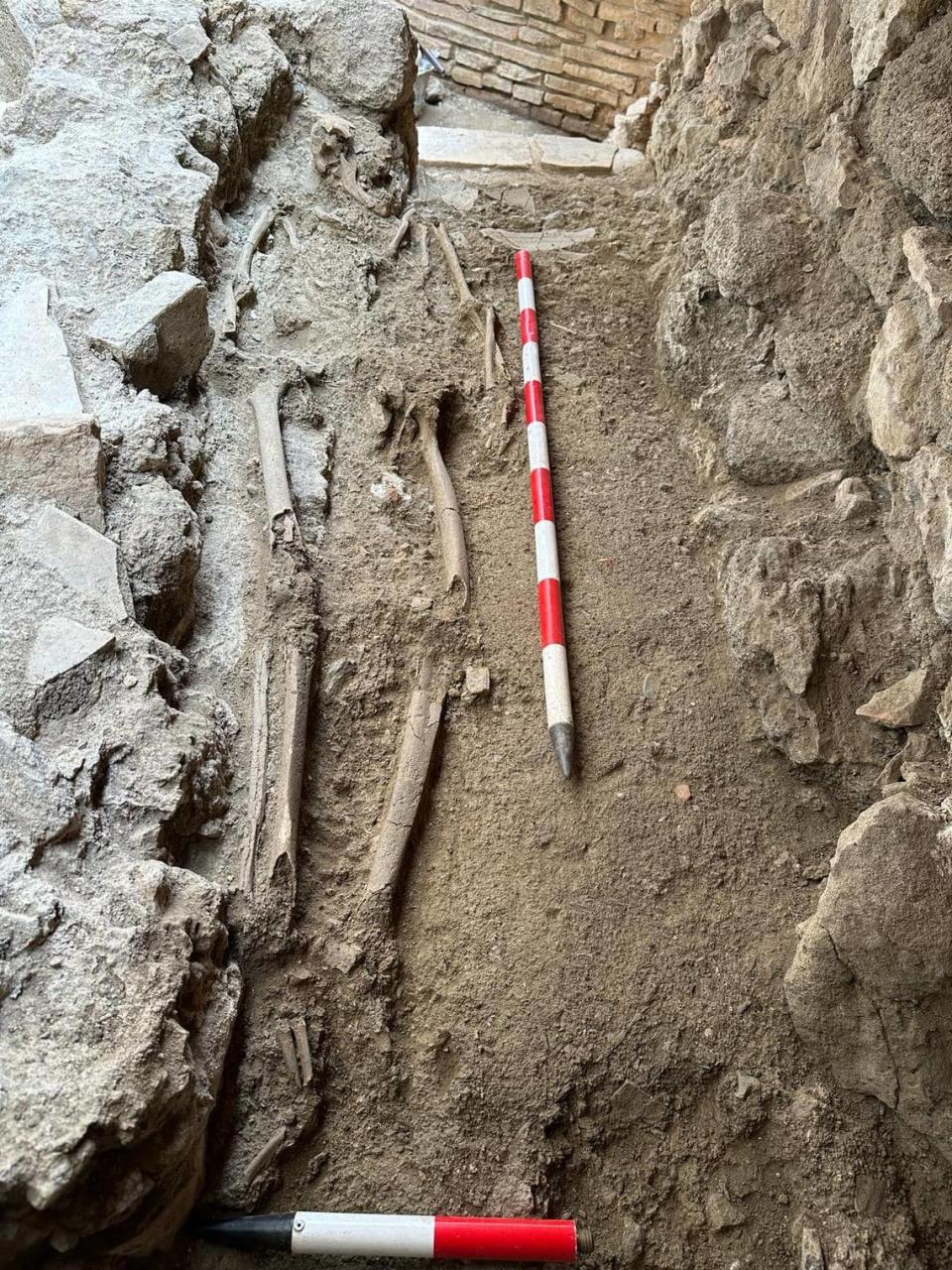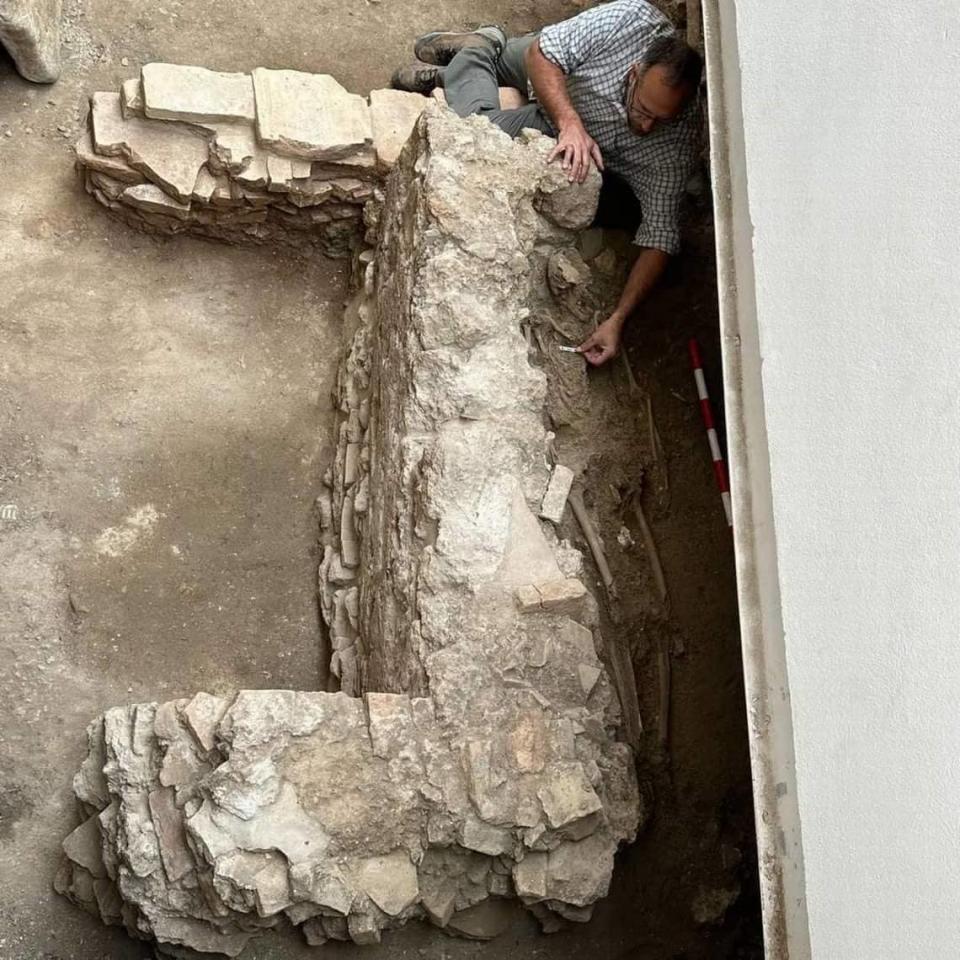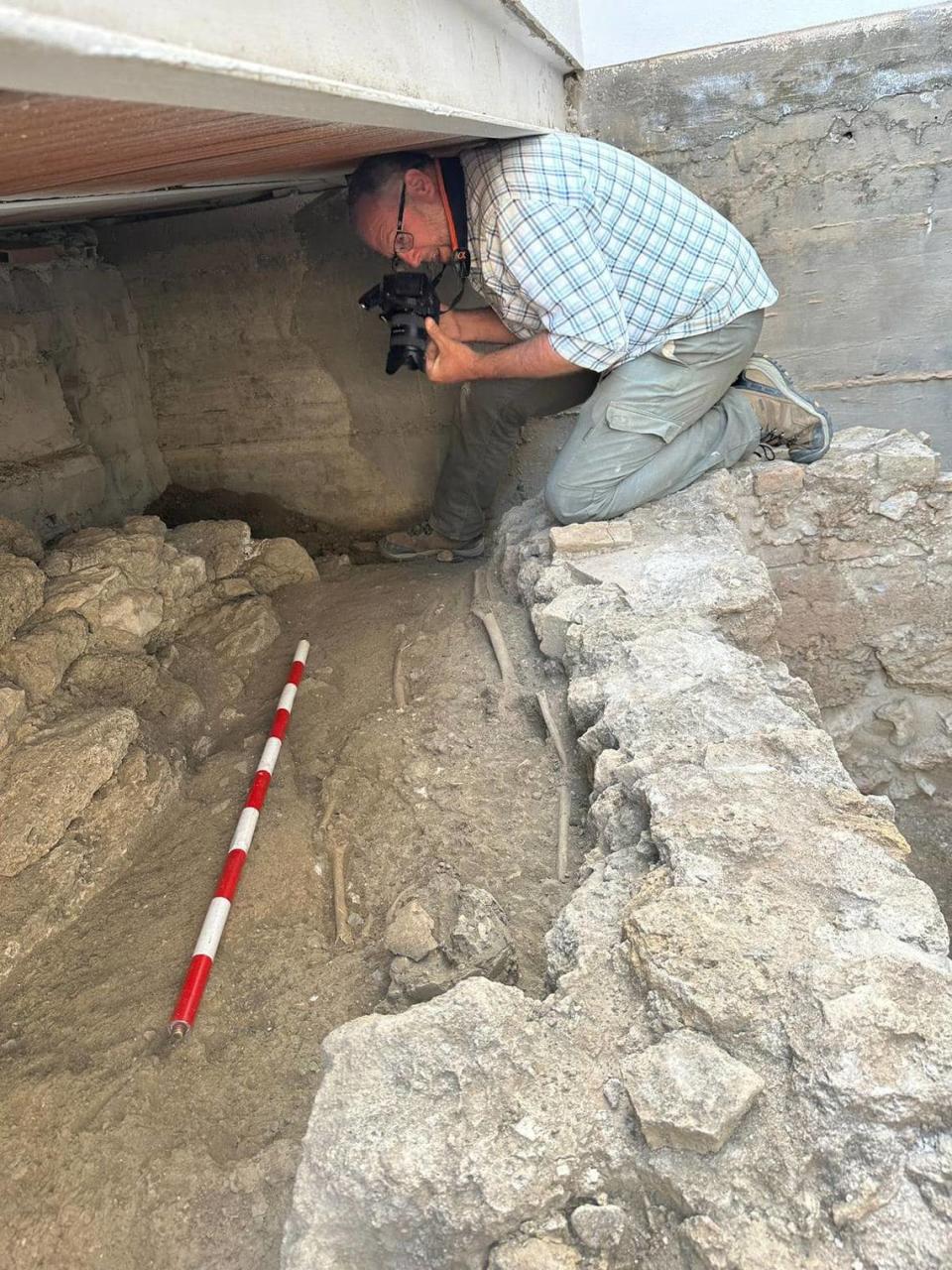Discovery at ancient Roman factory reveals it was transformed — into something morbid
Over 1,500 years ago, a Roman factory on the southern tip of Spain was bustling with life, with workers producing oil and salted goods.
But, over time, the industrial hub transformed into something decidedly less lively, according to a new discovery.
Near the factory remains — located in the Mediterranean city of Benalmadena — archaeologists unearthed a human burial, according to a local government news release.
Uncover more archaeological finds
What are we learning about the past? Here are three of our most eye-catching archaeology stories from the past week.
→ Cache of coins was hidden in a box underground for 850 years — until now
→ 1,300-year-old armor — with bow, arrows and sword — found under war horse remains
→Tomb hid under jungle floor for 1,700 years — until now
The tomb contained the skeletal remains of a middle-aged woman, who was likely buried sometime between the fifth and seventh centuries A.D., officials said.

In photos, her intact remains can be seen lying supine up against a stone wall.
The woman’s tomb indicates the area where the factory once stood later functioned as a cemetery, officials said.
The age of the tomb suggests it was constructed after the factory fell into disuse sometime around the fifth century A.D.
Olive oil, a staple in the Roman Empire, was produced in the factory for 200 years, after which it was used as a salting factory, according to the local Maravillas Language School.
“This discovery will offer a more accurate interpretation of how this oil production factory worked in the first century, and later remodeled into a salting production center, which, according to research, was in use between the third and fifth centuries,” Miguel Vila, the the site’s archaeological director, told Sur in English, a local newspaper.


Officials did not say what might have caused the site to be converted into a cemetery.
The ancient Romans, who were first buried alongside roads, were eventually entombed in specially designated plots of land, according to research from Emory University. In Rome though, as land became more scarce, citizens began burying bodies in underground catacombs.
Google Translate was used to translate a news release from the Benalmadena government.
3,600-year-old red lipstick — the oldest ever found — discovered in Iran, study says
1,900-year-old bone — filled with hallucinogenic seeds — is ‘rare’ find. What’s it for?
Famed London museum sat atop 1,200-year-old settlement — hidden until now. See it

